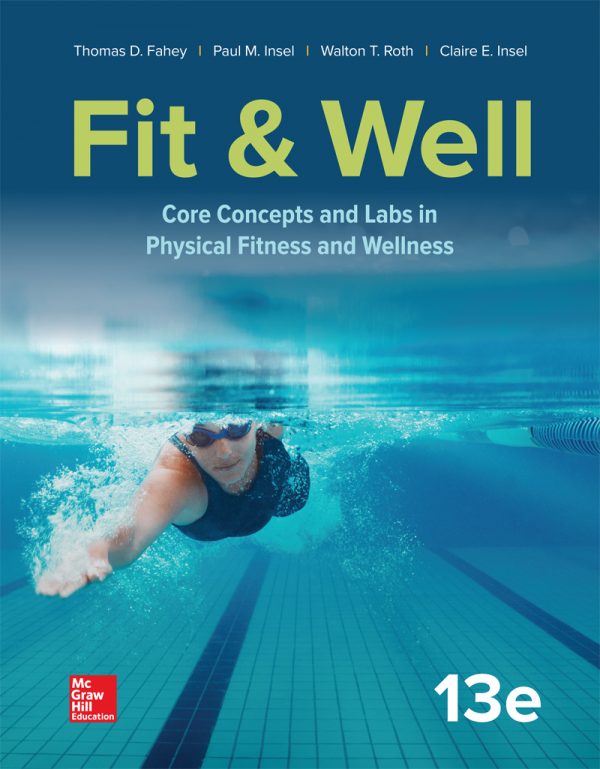-
×
 Introducing Aesthetics and the Philosophy of Art
1 × $7.86
Introducing Aesthetics and the Philosophy of Art
1 × $7.86 -
×
 The Macro Economy Today
1 × $19.89
The Macro Economy Today
1 × $19.89 -
×
 Practical Veterinary Dental Radiography
1 × $30.00
Practical Veterinary Dental Radiography
1 × $30.00
Subtotal: $57.75

 Introducing Aesthetics and the Philosophy of Art
Introducing Aesthetics and the Philosophy of Art  The Macro Economy Today
The Macro Economy Today  Practical Veterinary Dental Radiography
Practical Veterinary Dental Radiography 









![WebAssign for Stewart’s Calculus: Early Transcendentals, 8th Edition [Instant Access], Single-Term 8th Edition is written by James Stewart and published by Cengage Learning. The Digital and eTextbook ISBNs for WebAssign for Stewart’s Calculus: Early Transcendentals, 8th Edition [Instant Access], Single-Term are 9781337771504, 1337771503 and the print ISBNs are 9781337771474, 1337771473.](https://ebookfiles.net/wp-content/uploads/2023/07/webassign-for-stewarts-calculus-early-transcendentals-8th-edition-instant-access-single-term-247x371.jpg)



Reviews
There are no reviews yet